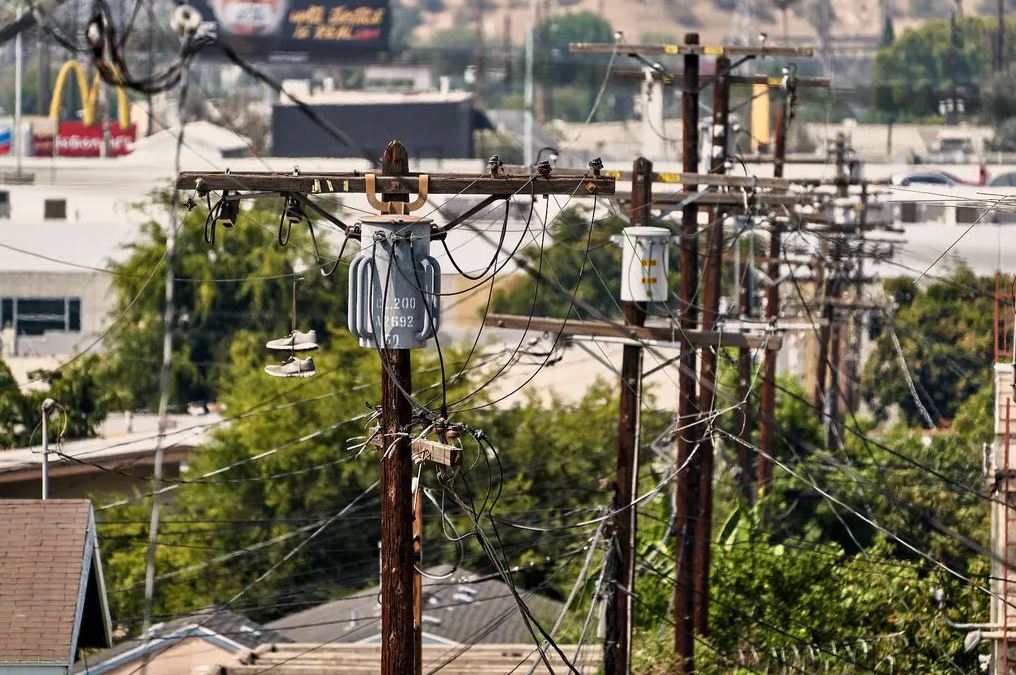Torrid heat, raging wildfires and extended drought are placing California residents at heightened danger of power outages, authorities warned Friday, as severe weather fueled by climate change puts further stress on the state’s already-taxed energy infrastructure.
Officials stated in an online briefing that they were planning for a scenario in 2022 that would see California fall short of electricity needs by around 1,700 megawatts. The deficit is likeliest to occur in the summer as the sun sets, depriving energy suppliers of solar energy.
One megawatt is enough electrical capacity to power 1,000 ordinary California households, according to the California Energy Commission. Under terrible circumstances, the state might lack the quantity of electricity it requires to power more than one million houses.
The issue might be compounded if a heat wave forces inhabitants to flock to air-conditioners for comfort en masse, pushing increasing energy consumption.
“If all of those things were to occur there, there is significant potential for outages, and we have to be prepared for that,” said Mark Rothleder, senior vice president for the California Independent System Operator, which helps manage the state’s electricity system.
Extreme weather and fire damage to the system might result in a deficit of an extra 5,000 megawatts.
Officials also warned of increasing power prices for Californians, as suppliers pay the growing expenses of natural gas, increased transmission costs and decreasing wildfire risk.
Electric prices for the typical customer of Pacific Gas & Electric, California’s biggest utility, would jump 9 percent by 2025, to $211, according to the presentation. That’s on top of a 12 percent rise in the average bill from 2019 through this year.
California authorities are taking efforts to lessen the harshest impacts of climate change on the electrical infrastructure. In the briefing Friday, which was supplied by the office of Gov. Gavin Newsom, officials said the state has scaled up energy saving measures, beefed up energy procurement and changed its predictions to account for the changing environment.
The state is also boosting its investment in renewable energy, which helps handle demand without adding to the circumstances that are stressing California’s electricity infrastructure.
“The previous few summers, we’ve had to depend on emergency measures,” said Alice Reynolds, the head of California’s Public Utilities Commission.

